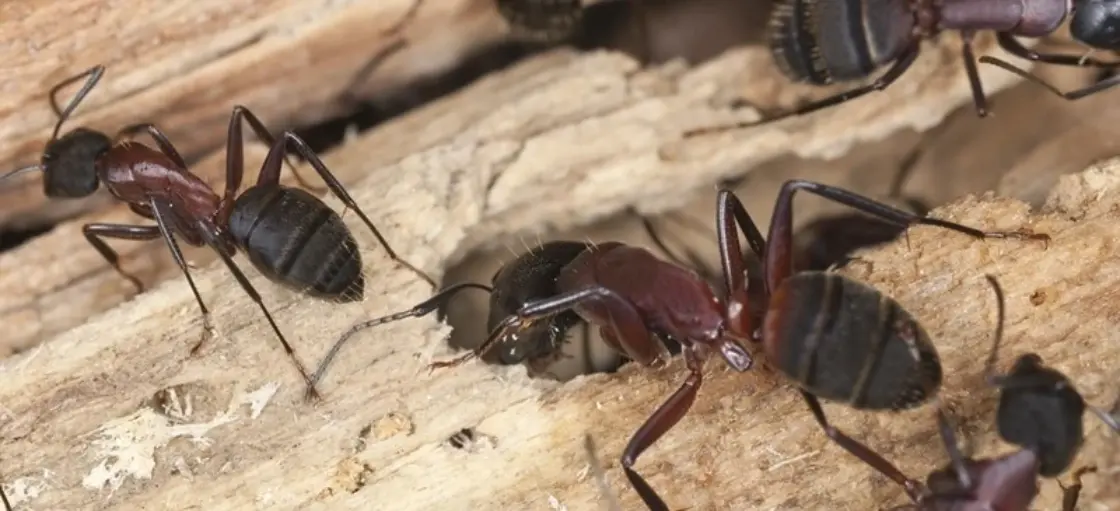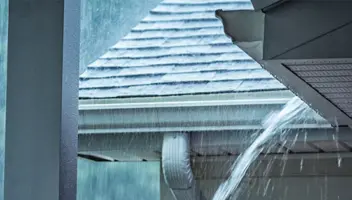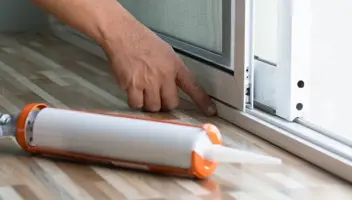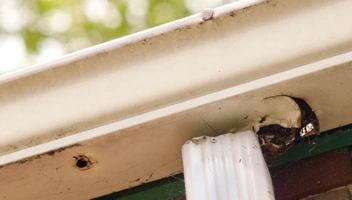Keep Insects & Pests Out of Your Gutters

The main purpose of your eavestroughs is to collect water and direct it away from the home preventing damage to the roof and structural stability of the house. Unfortunately, they usually collect a lot more than water and everything else tends to be much more difficult to keep out of your eavestroughs and direct away from the house. Often, when debris accumulates, it leads to gutter problems, or at least the unpleasant chore of cleaning eavestroughs.
For example, you might be surprised how many different types of insects, pests, and birds can make a pretty comfortable living in your house gutters. Your aluminum eaves protects on three sides and sometimes even over the top if you have a reverse curve gutter system. That’s much more security than insects, pests, birds, rodents, etc. would ever be able to find in a bush or tree. Also, in the case of insects, clogged eavestroughs can lead to stagnant water. Especially during the summertime and warmer months, this stagnant water can provide a breeding ground for insects like flies and mosquitoes. If the gutter problems go unaddressed — your insect control problem will only get worse. This is because when both insects and birds lay their eggs, the young ones instinctively come back to where they hatched. So every year, more and more will come back home and make themselves comfortable living inside your house gutters.
The thought of birds, bees, and other insects building a home in your gutters is awful. However, it likely pales in comparison to rodents or other pests making themselves a comfortable home inside your gutters. Squirrels and chipmunks might look cute jumping from tree to tree, or starring in Jason Lee movies, but you should do everything possible to keep them out of your home. This goes double for rats, which have also been known to utilize homeowners’ gutters as a shield from the elements.
Although shingle grit is not the most visible of gutter problems like bird nests, bee hives, or rats — grit is another common addition to homeowners’ gutters. A few grains of grit won’t cause too many gutter problems, but eventually the shingle grit will start to accumulate, especially getting mixed with fallen leaves and the aforementioned bird’s nests. Shingle grit will be much more of a problem with roofs that are either very new or old and worn out. When a new roof is installed, a lot of the asphalt will be loose. Because of that, the shingles will shed a lot of grit throughout the first five years. Then, when the roof gets older, the shingles themselves are worn out and begin to drop a lot more material into the house gutters.
Your best strategy for dealing with all of these insect pest control and gutter problems is to cover your gutters with a gutter protection product so they never get in there in the first place! The two primary responsibilities for a gutter protection system are to keep water flowing and to keep debris, insects, and pests out. Be wary of any product that allows the water to pass through a series of holes because if the debris is smaller than the holes themselves, those holes will ultimately clog.
You’ll run into the same problem with surface tension (reverse curve) systems that have a single large channel in the front. Surface tension becomes particularly problematic when it comes to shingle grit because the material is so light that it will, along with the water runoff, track right back into the gutter. And unless your eavestrough protection system is completely sealed, like with LeafFilter, your house gutters will still become home to all sorts of uninvited insects and pests, which leads to gutter problems!


